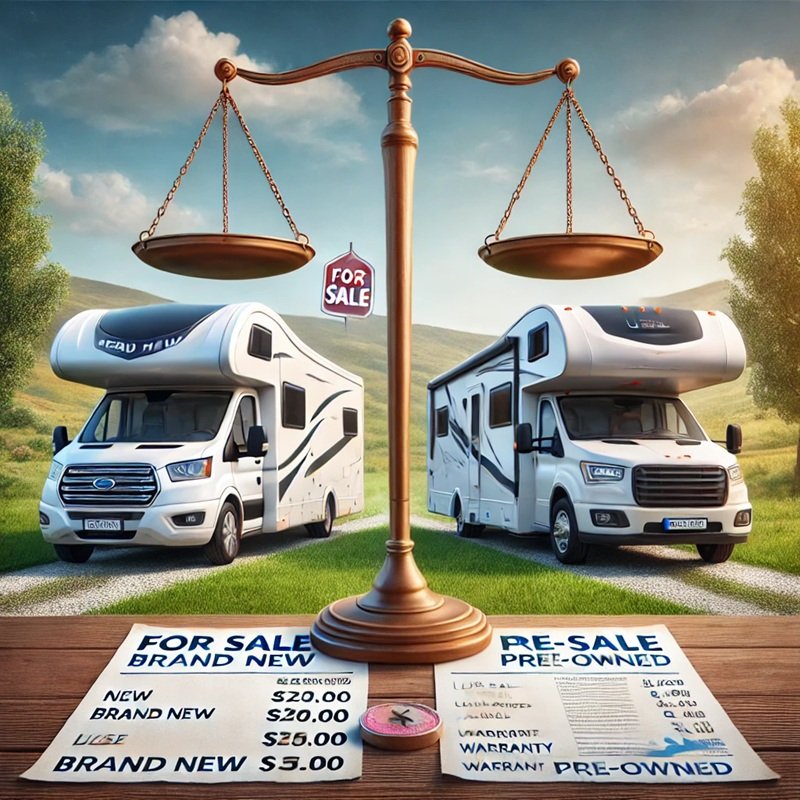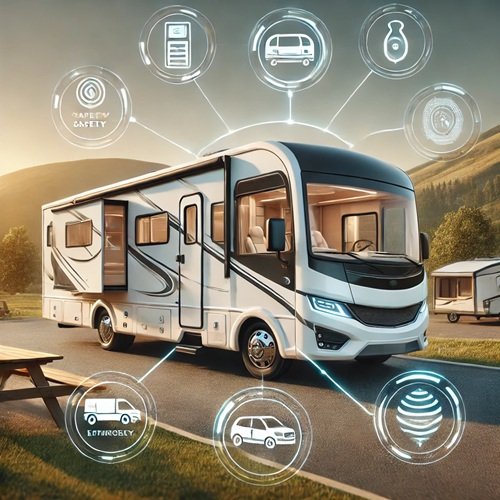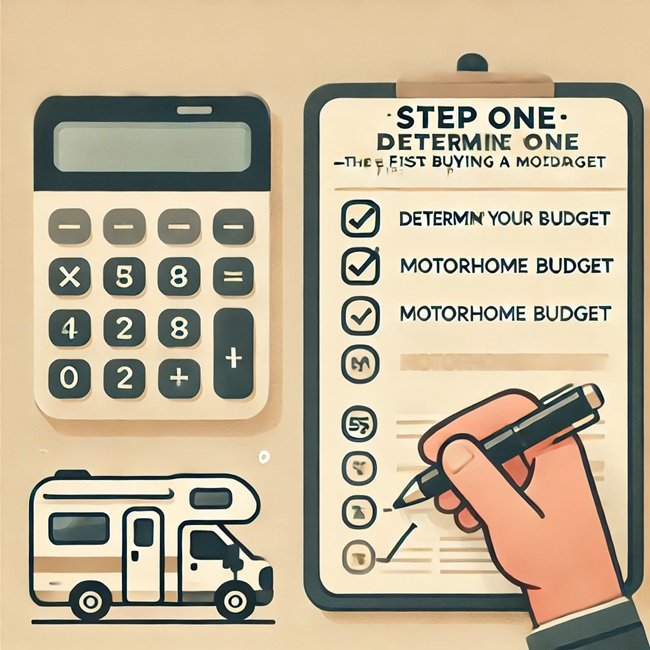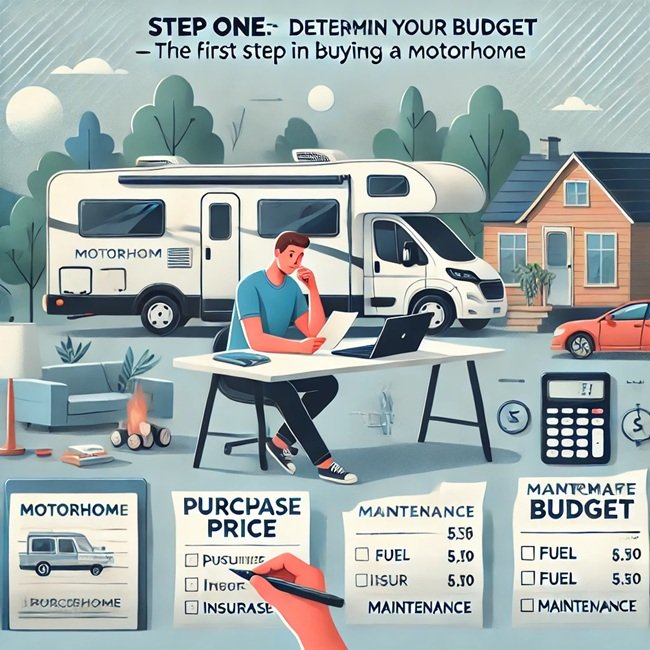Buying a motorhome is a significant investment that requires careful planning and research. Throughout this series, we have covered the crucial steps to help you make an informed decision. Now, as we reach the final step, let’s reflect on what we have covered so far before diving into Step Eight: Finalising the Purchase and Planning for Maintenance.
In Step One, we discussed the importance of setting a realistic budget, factoring in both the initial cost and ongoing expenses such as insurance, fuel, and maintenance. Step Two emphasized assessing your travel needs to ensure that the motorhome’s size, layout, and features align with your lifestyle and intended use.
Step Three explored the different motorhome types, from Class A luxury models to more compact campervans, helping you determine which one best suits your preferences. Step Four provided guidance on choosing between a new or used motorhome, weighing factors such as depreciation, warranty, and initial costs.
In Step Five, we covered the importance of a thorough inspection and test drive, ensuring that the motorhome is mechanically sound and comfortable to drive. Step Six focused on checking the history of a used motorhome, reviewing service records, accident reports, and ownership details to avoid potential issues.
Step Seven introduced insurance and warranty options, highlighting the necessity of protecting your investment against unforeseen expenses. With these steps completed, it is now time to finalise the purchase and put a maintenance plan in place to ensure your motorhome remains in top condition for years to come.
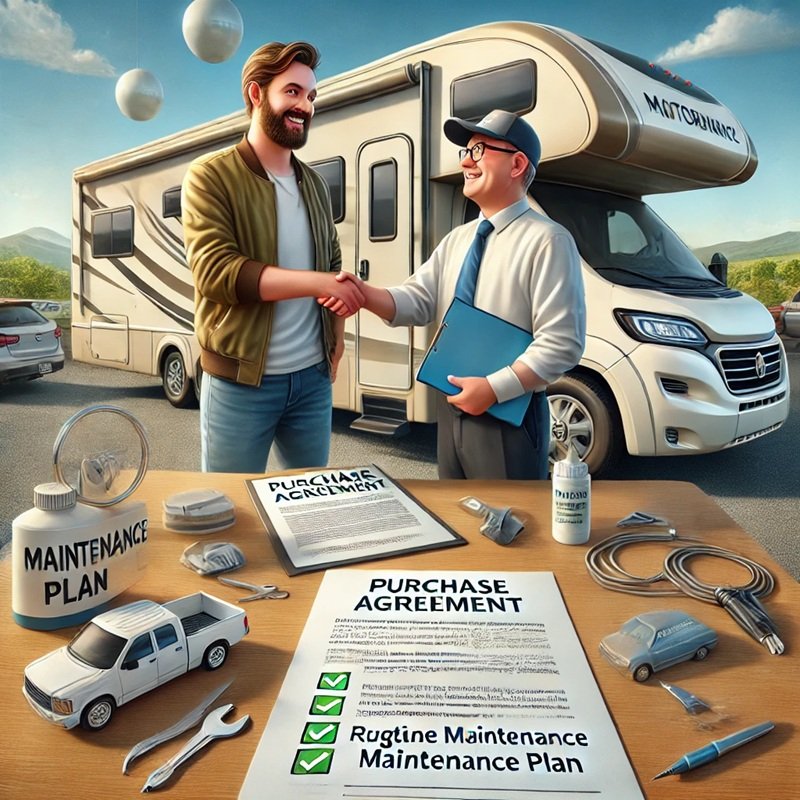
Finalising the Purchase
The final stage of buying a motorhome involves completing the necessary paperwork, securing payment, and ensuring all legal aspects are covered before taking ownership.
Once you have chosen your motorhome and agreed on a price, you will need to review the purchase agreement carefully. Make sure all terms, conditions, and warranties are clearly stated. If purchasing from a dealer, check that the vehicle’s registration and documentation are in order. If buying from a private seller, verify ownership details to ensure the transaction is legitimate.
Before finalising payment, consider your financing options. If you require a loan, ensure that the terms are affordable and that you have factored in interest rates and repayment schedules. If paying in cash, ensure you receive all necessary receipts and documentation proving ownership transfer.
Once ownership has been transferred, you will need to register the motorhome in your name and ensure it complies with road regulations. In the UK, this involves updating the DVLA records and ensuring the vehicle has a valid MOT certificate if required. Other countries have their own registration processes, so it’s important to check local requirements.
